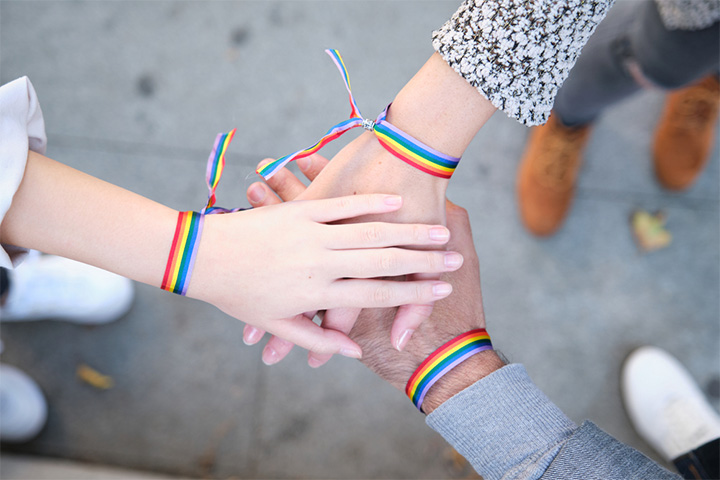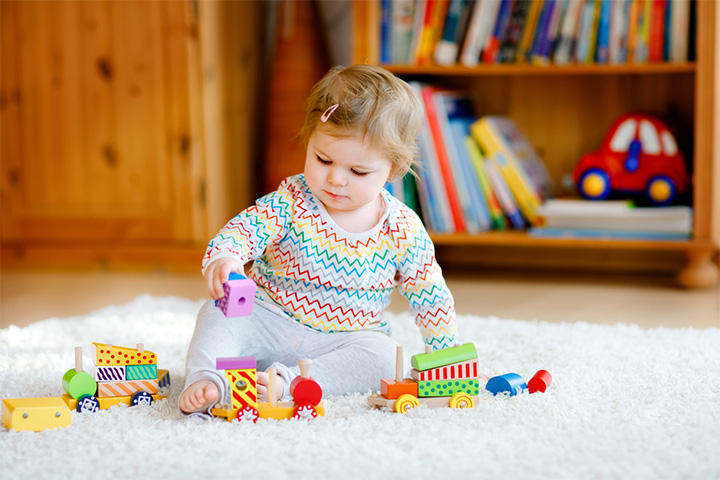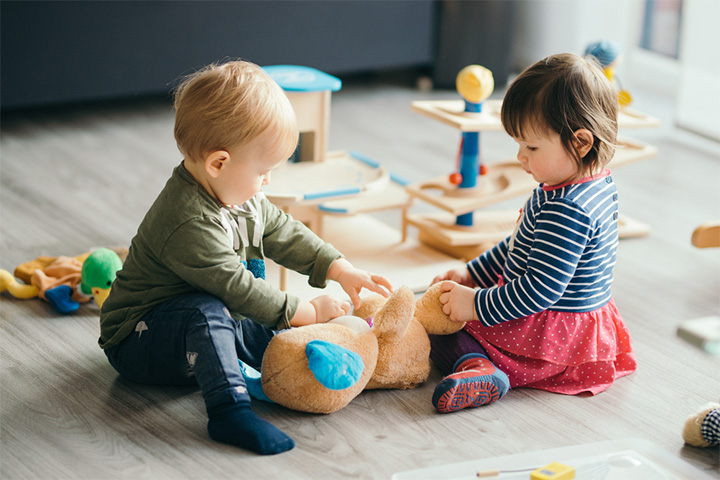
Image: Shutterstock
As a parent, the biggest challenge you face is instilling good values in your children. You are a role model for your kid, and whatever you believe in, think of or react to be absorbed by your child. These little reflections of you are molded with everything that goes on around them, and before you know it, they have their own thinking and personality based on the values you pass on to them. When educating them about gender stereotypes, you have to approach it tenderly as what they learn will reflect lifelong in what they teach the future generation. Even though the previous generation has not paid much attention to how differentiating between genders and recognizing other gender communities can affect humanity, this generation is transitioning to a more humane world. Here is how you can make your kids understand the need to mingle with every gender and keep an open mind to the difference in gender.
1. Acknowledge LGBTQI+
Image: Shutterstock
Gender identity is a diverse topic, and it is based solely on personal experiences. Even though parents and medical institutions commonly assign a gender to newborns based on their physical characteristics, it is solely because most children are cisgender (1). It means that their gender identity aligns with the sex assigned at their birth. However, there are many people whose gender does not match the sex they are born to, and they identify themselves as transgender. It means that they don’t follow the strict path of female or male. There are also about 1,500 to 2,000 babies in the U.S. who are intersex (2). It means their sex chromosomes differ from what is typically categorized as male or female.
Also, there are 11% of high school students who question their own sexuality (3). The good thing is, these people are coming out and telling their stories to make it easier for people to know about them. The acceptance is associated with more significant mental and physical protection against substance abuse, depression, and even suicide.
2. Beware Of Gendered Marketing
Image: Shutterstock
If you give a pink doll to a baby boy under the age of 2, he will readily accept it and play with it, but his parents and society might disapprove of the toy. They will look for a little girl and give the doll to them at the earliest. This happens due to the fear of what others will think. No one wants their child to be made fun of. This is why every toy shop you enter will have different shelves for boy toys and different shelves for girls. Marketing strategies and sales go up by this gender stereotyping, and be it toys or clothing, it limits a child’s exposure in a way (4). If a boy is not allowed to play with dolls or tea sets, he regards nurturing and cooking as something that is a woman’s job. In his later years, he becomes the father who cannot cook and care for his children. The smallest of things makes the most significant difference when it comes to raising a child.
3. Unsettle Gender Stereotypes At Home
Image: Shutterstock
Parents are children’s first models, and they soak everything that is said or believed at home. Adults can challenge harmful and binary sexist stereotypes, like believing that women should do housework even after full-time employment. Also, they should teach that financial stability is not the father’s burden alone. They should learn that both parents partner in making a family work in every way regardless of gender.
4. Make The Language Gender Neutral
Image: Shutterstock
Using gender-neutral pronouns can reduce gender biases and help spread positivity regarding different genders. Instead of going ‘girl parts’ and ‘boy parts’ with children, they should know the biological names of the organs. Also, parents should not be referred to as a mom and dad only. It can be two moms, two dads, or a mom and a dad raising kids together.
5. Encourage Mixed-Gender Participation
Image: Shutterstock
Sadly gender segregation is not something the millennials cooked up in recent decades. It is deeply embedded in society. It also paves the way for negative repercussions like sexist attitudes toward other genders. Children are made to follow this from kindergarten when they are asked to form different lines as girls and boys, or when there are different schools for girls and boys.
Despite all the gender differences, it has been proven that kids raised with close friendships between different genders hold a positive attitude towards each other. It is essential to not hold children back from making friends based on their gender. Even if they prefer being around a group, you should encourage them to talk and mingle with everyone in their age group from a tender age. So, do you have any secrets to help the future generation avoid gender stereotypes? Let us know in the comments below.

















